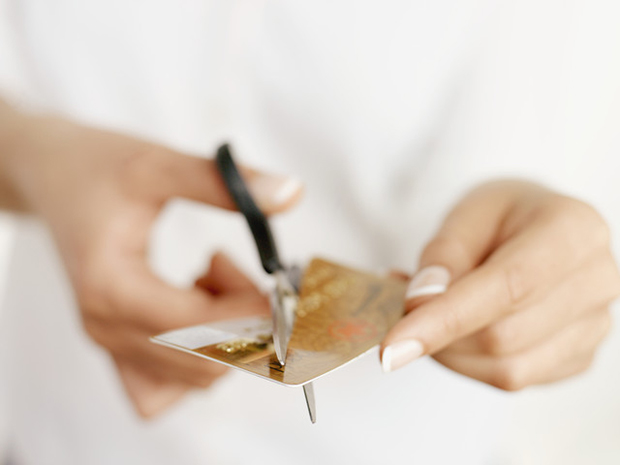
5 Ways to Improve Your Credit Score
Ads promising to fix your credit score are everywhere, but improving this three-digit number is not a mystical art form or an advanced science. In fact, you can do it yourself: all it takes is some time and a bit of fiscal elbow grease. A credit score is determined by your payment history and debt, and it is used by banks to determine whether you qualify for a loan and what interest rate to charge you (the higher the credit score, the lower the interest rate). A score between 300 and 629 is considered bad credit, a score between 630 and 689 is considered average, and a score between 690 and 719 is considered good. Anything about 720 is excellent. Therefore, it’s in your best interest to get — and keep — a credit score that is as high as possible. Here are five steps toward a higher score.
Know your rights.
Take advantage of your right to receive a free credit report every 12 months by contacting annualcreditreport.com. If there are errors on your report, such as a balance that was been paid but still shows up as a collection account, you can dispute the errors. Reviewing your credit report at least once a year also helps guard against identity left.
Pay bills on time.
This may seem like a no-brainer, but when it comes to restoring credit, it is priority number one, since payment history constitutes 35 percent of your total credit score. One common mistake: When a person can’t make a minimum payment on the due date, he or she pays double the next month. But it’s better to pay the minimum amount due a week or even two weeks after the due date rather than to be 30 days late, which decreases your credit score.
Work with your credit card company.
If you can’t make monthly payments, contact your card company and ask to speak to a manager (usually not the first person who answers your call) and explain that you are having financial problems. Many times, credit card companies will work with you to establish a lower monthly payment, freeze interest owed, or forgive some debt.

Get out of debt.
Here’s the not-so-fun part. First, don’t sign up for any new credit cards. The more credit you have available — even if you aren’t using it — the more lenders see warning signs. Second, pay off what you owe on current cards with the goal of bringing your balances to zero, which makes you instantly more credit-worthy. Pay as much as you can each month on the cards with the highest interest rates while still continuing to make payments on any other cards. In order to do this, you will have to get creative and find ways to cut back on other expenses.

Stay the course.
Once your credit card is paid off, you have the option of closing your account so you’re not tempted to accumulate more debt. Weigh the pros and cons. If you cancel your only card, it could hurt your credit score in the long run, since your credit score also factors in longevity and diversity of credit. So, if you’re a relatively new credit card holder with only one or two cards, it might hurt more than it would help to cancel your card. However, if your interest rates are extremely high and your card has a lot of miscellaneous fees, you may want to consider closing that card, especially if you don’t plan to use it.
A strict financial diet includes eliminating credit card debt and making home and auto payments on time not only to raise your credit score, but also reduce the amount of interest you pay every month. That will save you money in the long run. With that “new” money, you can build an emergency fund to ensure you never have to worry about late payments again.
